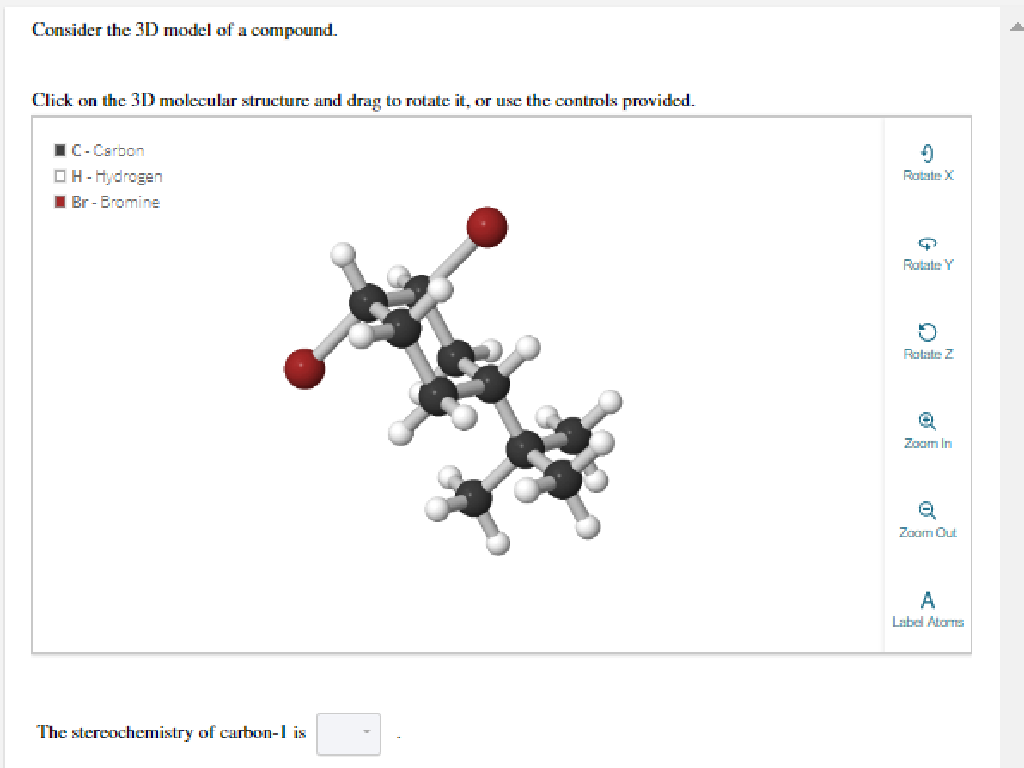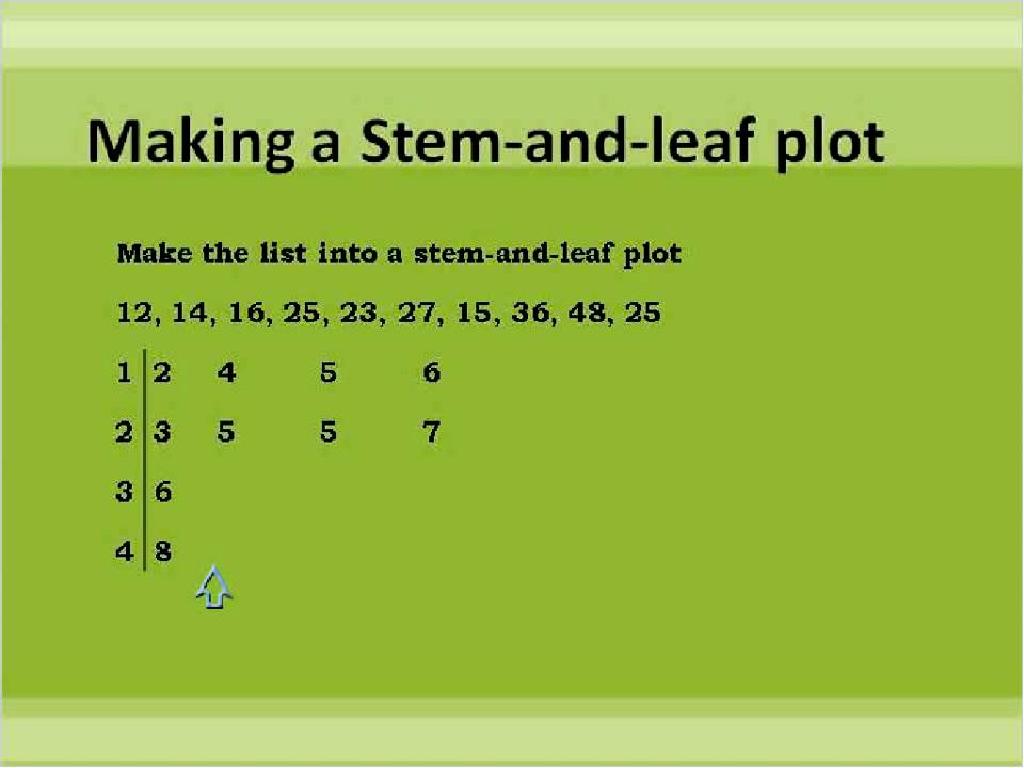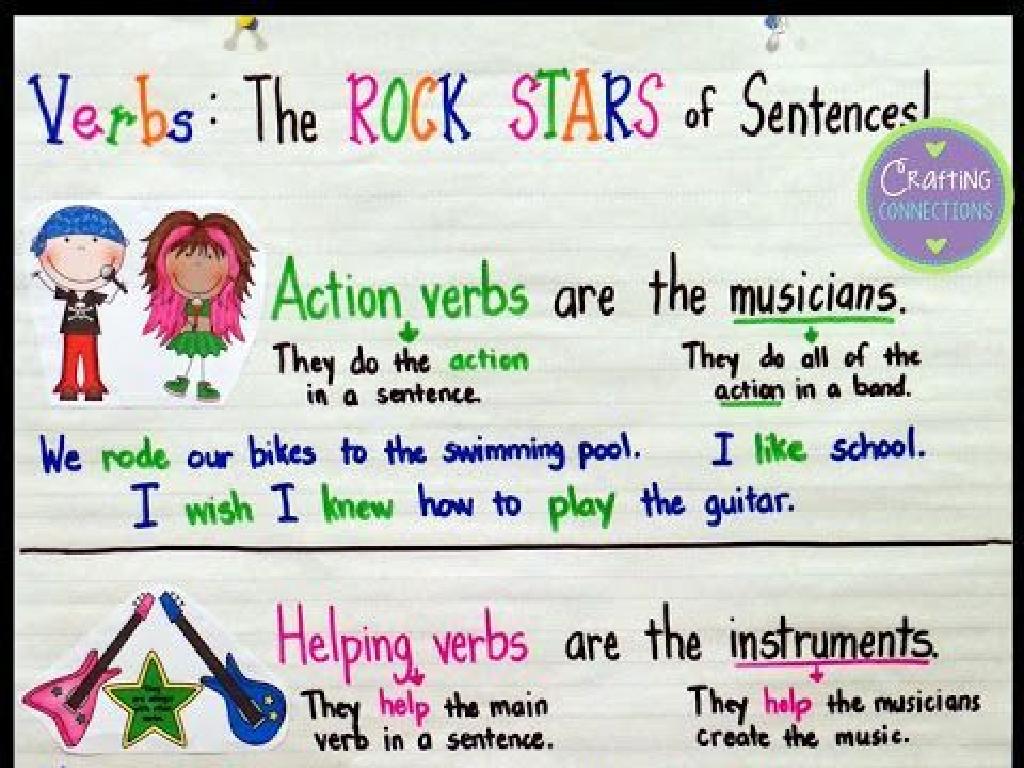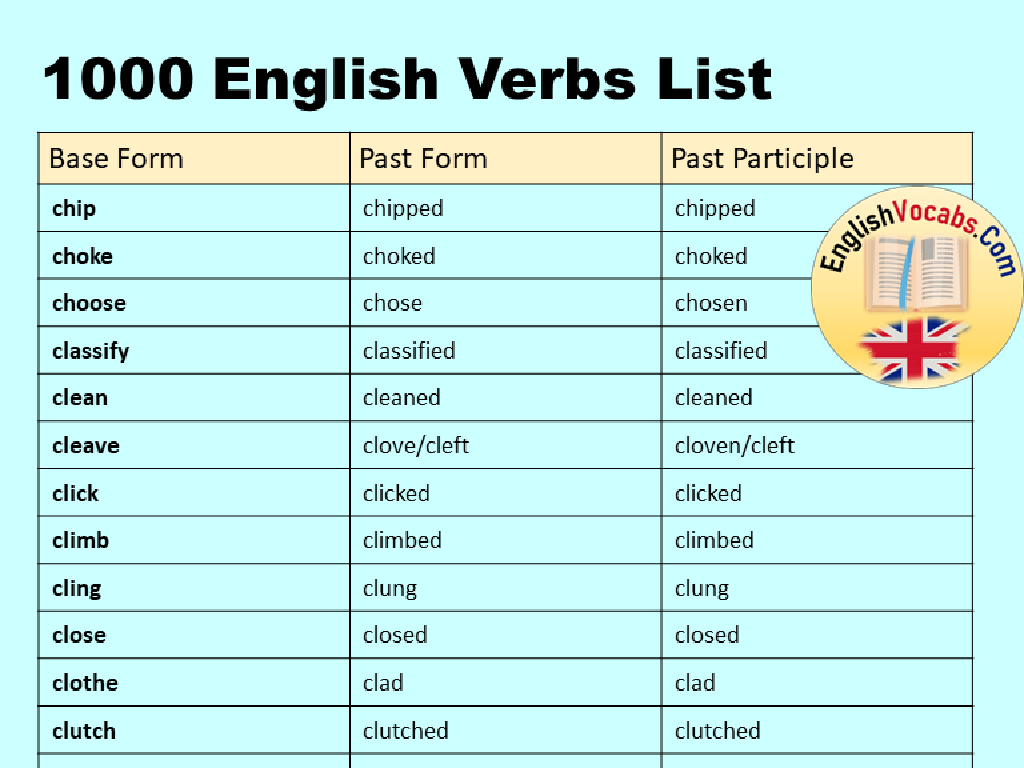Construct Animal Life Cycle Diagrams
Subject: Science
Grade: Second grade
Topic: Animals
Please LOG IN to download the presentation. Access is available to registered users only.
View More Content
Welcome to Animal Life Cycles!
– Learning how animals grow
– Different animals, different cycles
– Some animals change a lot, and some just a little!
– What is a Life Cycle?
– A Life Cycle is the stages an animal goes through from birth to adulthood.
– Life Cycle stages
– Birth, growth, reproduction, and aging.
|
This slide introduces the concept of animal life cycles to second-grade students. Begin by explaining that all animals, including humans, grow up in different ways, which is what we call their life cycle. Emphasize that a life cycle is made up of several stages, starting from when an animal is born, as it grows into an adult, reproduces, and eventually ages. Use simple language and relatable examples like butterflies, frogs, or even a pet dog or cat to illustrate these stages. Encourage the students to think about what changes they have seen in animals they know as they grow. This will set the foundation for more detailed discussions on specific animal life cycles and the creation of their own life cycle diagrams in future lessons.
Understanding Life Cycles
– What is a life cycle?
– A life cycle is how a living thing grows and changes over time.
– Each animal has a unique cycle
– For example, a butterfly’s life cycle is different from a frog’s.
– Life cycles have distinct stages
– Stages include being born, growing up, and having babies.
– Birth to adulthood to new life
– Animals start as babies, grow into adults, and then can have babies of their own.
|
This slide introduces the concept of life cycles to second-grade students. It’s important to explain that a life cycle is the series of changes an animal goes through from the beginning of its life until its death. Emphasize that each animal has a unique life cycle, which can be fascinating to explore. Use familiar examples like butterflies, frogs, or even humans to illustrate the stages of life cycles. Encourage students to think about what they know about their own growth and how it might relate to what they’ll learn about animal life cycles. This foundational knowledge sets the stage for creating and interpreting life cycle diagrams in future lessons.
Life Cycle of a Butterfly
– Stage 1: Egg
– The beginning of a butterfly’s life.
– Stage 2: Caterpillar
– It’s the larval stage; caterpillars munch on leaves.
– Stage 3: Chrysalis
– Caterpillar’s transformation stage inside a cocoon.
– Stage 4: Adult Butterfly
– The final stage where the butterfly takes flight.
|
This slide introduces the students to the concept of life cycles using the example of a butterfly. It’s important to explain each stage in a way that’s relatable and easy to understand. For the egg stage, compare it to a chicken egg that they might be familiar with. For the caterpillar stage, emphasize the caterpillar’s appetite and growth. The chrysalis stage can be likened to a cozy sleeping bag where the caterpillar changes. Finally, for the adult butterfly stage, focus on the beauty and the ability to fly. Encourage the students to think about how this cycle repeats as butterflies lay eggs to start the process again. This will help them understand the concept of life cycles in nature.
Life Cycle of a Frog
– Stage 1: Frog Eggs
– Frogs lay clusters of eggs in water.
– Stage 2: Tadpoles Hatch
– Tadpoles emerge with gills to breathe underwater.
– Stage 3: Growing Froglets
– Legs sprout, tails shrink as tadpoles turn into froglets.
– Stage 4: Adult Frogs
– Froglets’ tails disappear, and they leave the water as adults.
|
This slide introduces the life cycle of a frog, which is a great example of metamorphosis. Start by explaining that frogs lay eggs in water. Once the eggs hatch, they become tadpoles, which look more like fish than frogs. As tadpoles grow, they develop legs and their tails become shorter, turning them into froglets. Eventually, the froglets lose their tails completely and become adult frogs, ready to start the cycle over again. Use this opportunity to discuss the concept of life cycles and how they can vary greatly among different animals. Encourage students to draw each stage or bring pictures to help visualize the process.
Comparing Life Cycles: Butterfly vs. Frog
– Similarities in life cycles
Both go through stages: egg, larva/caterpillar, pupa/chrysalis, and adult.
– Differences in life cycles
Butterflies use a chrysalis, frogs have a tadpole stage.
– Other animals’ life cycles
Consider the life cycle of a chicken or a bee.
– Class discussion
|
This slide aims to engage second-grade students in a discussion about the life cycles of different animals, focusing on the butterfly and frog. Start by exploring the similarities, such as the four stages they both share, albeit with different names and processes. Then, highlight the differences, like the unique tadpole stage in frogs and the chrysalis in butterflies. Encourage students to think about other animals and their life cycles, such as chickens or bees, to broaden their understanding. Facilitate a class discussion where students can share their thoughts and findings, fostering a collaborative learning environment.
Your Turn: Construct an Animal Life Cycle
– Pick your favorite animal
– Draw the life cycle stages
– Use the template to illustrate each part of the life cycle
– Label each stage clearly
– Include labels like ‘egg’, ‘larva’, ‘pupa’, ‘adult’
– Share your diagram in class
|
This slide is designed to engage students in an interactive class activity where they apply their understanding of animal life cycles. Students should choose an animal they are interested in and use a provided template to draw and label the stages of that animal’s life cycle. Encourage creativity while ensuring they understand the biological process. Provide examples of life cycle stages for different animals to guide them. During the next class, create a sharing environment where each student presents their life cycle diagram, explaining each stage. This will reinforce their learning and help them practice their presentation skills. Prepare to assist students who may need help with drawing or labeling, and have additional resources available for students who finish early or want to explore further.
Class Activity: Create Your Animal Life Cycle
– Break into small groups
– Create a life cycle diagram
– Choose an animal and draw each stage of its life
– Use craft materials for diagram
– Use paper, markers, glue, and more to make your diagram
– Present your diagram to class
|
This activity is designed to help students understand the concept of life cycles by creating a visual representation. Divide the class into small groups to encourage teamwork. Provide a variety of craft materials such as colored paper, markers, glue, and scissors. Each group should select an animal, research its life cycle, and create a diagram showing the stages of life from birth to adulthood. Possible animals include butterflies, frogs, or chickens. Once completed, each group will present their life cycle diagram to the class, explaining each stage. This will help reinforce their understanding and allow for creativity in learning. Provide assistance as needed and ensure each student participates.
Reviewing Animal Life Cycles
– Recap of life cycle stages
– Open floor for questions
– Connection to animal care
– Understanding life cycles helps us provide proper care at each stage.
– Encourage curiosity and care
– How can knowing a butterfly’s life cycle help us protect them?
|
This slide aims to consolidate the students’ understanding of animal life cycles by reviewing the stages they’ve learned. Encourage students to ask questions to clarify their understanding. Discuss how knowledge of life cycles is crucial for animal care, such as knowing what kind of habitat to provide or what food to give at different stages. For example, understanding a caterpillar’s needs versus a butterfly’s can help us create environments that support their development. Use this opportunity to foster empathy and responsibility towards living creatures. Prepare to answer common questions and have a few examples ready to illustrate the importance of understanding life cycles in real-world contexts.






